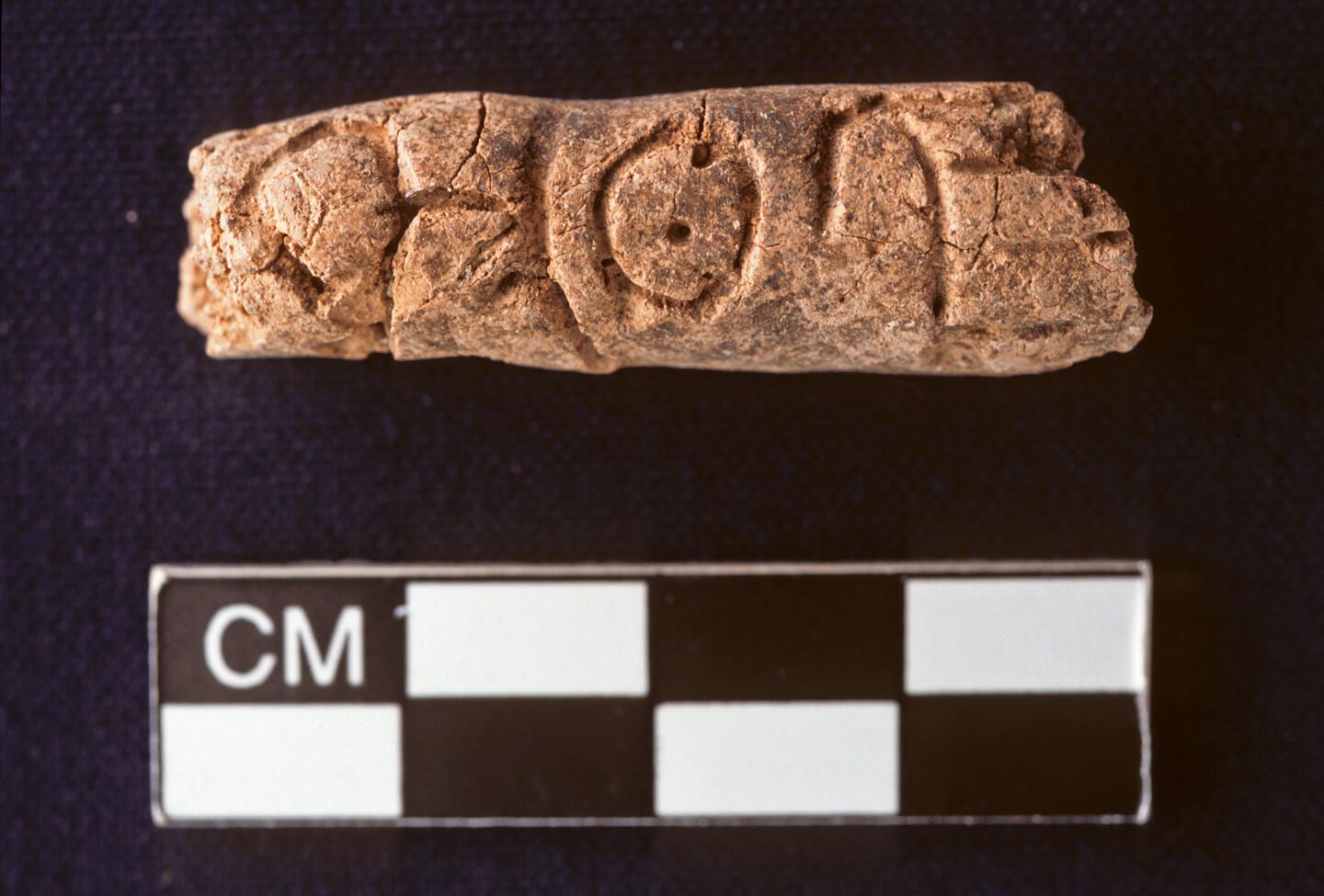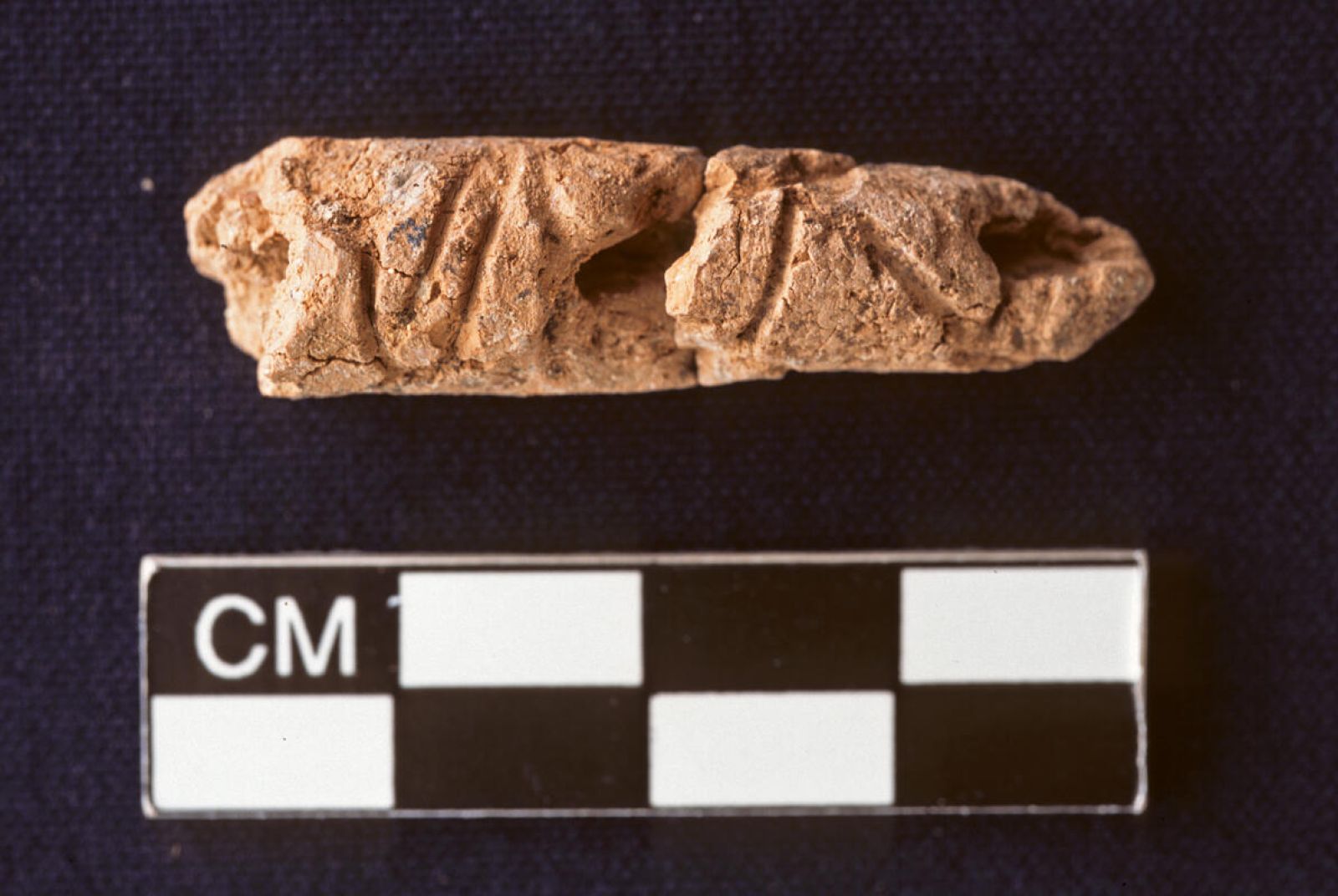Could we have been wrong about the origins of alphabetic writing? ✍️
Published by Cédric,
Article author: Cédric DEPOND
Source: Johns Hopkins University
Other Languages: FR, DE, ES, PT
Article author: Cédric DEPOND
Source: Johns Hopkins University
Other Languages: FR, DE, ES, PT
Follow us on Google News (click on ☆)
Clay cylinders, dated to 2400 BCE, bear inscriptions that might represent the earliest traces of this alphabet, far older than those known so far. This finding challenges the dominant theories about the emergence of this form of writing.

Writing systems have always been a major cornerstone of human civilization, enabling the transmission of information over long periods of time. Early forms, such as hieroglyphics or cuneiform, were complex, representing words or concepts through numerous symbols. However, the alphabet, which breaks words into distinct sounds, allowed for significant simplification.
Traditionally, the origin of alphabetic writing is attributed to the Semitic peoples of the Sinai around 1900 BCE. This alphabet, known as “Proto-Sinaitic,” is thought to have been derived from Egyptian hieroglyphics. But this discovery in Syria seems to suggest that alphabetic experimentation took place much earlier and in a geographical area distinct from Egypt.
Glenn Schwartz, the archaeologist behind the discovery, conducted excavations at Tell Umm-el Marra, a Syrian site located between Aleppo and the Euphrates. The team uncovered a tomb dating to the Bronze Age, containing valuable artifacts as well as four clay cylinders engraved with symbols. These inscriptions appear to be alphabetic letters, though their exact meaning remains unclear.
The cylinders, roughly the size of a human finger, were perforated, suggesting that they were attached to objects to serve as labels. Researchers believe they might have been used to identify the contents of containers or goods belonging to a wealthy owner. Carbon-14 dating placed these objects at around 2400 BCE.
What makes this discovery particularly intriguing is that it predates the earliest known alphabets by 500 years. It calls into question the established timeline, which located the origin of the alphabet in Egypt. Glenn Schwartz and his team emphasize that these cylinders indicate forms of alphabetic writing existed long before the period traditionally associated with ancient Egypt.

However, some experts remain cautious about interpreting these symbols. The resemblance to alphabetic letters could be coincidental, due to the small number of inscriptions found. Nonetheless, other researchers argue that the simplicity of the symbols strongly resembles an alphabet.
This discovery, therefore, suggests an alternative origin for the alphabet, potentially emerging from societies in the Near East. Trade exchanges among the different civilizations of the region, particularly between the Egyptians and Syrians, might have facilitated the emergence of alphabetic writing in multiple geographic areas.
Much remains to be uncovered about this topic, but this finding opens new perspectives on the history of writing and its early developments. Further excavations could confirm this hypothesis and provide greater insights into the first systems of written communication.
What is the Proto-Sinaitic alphabet?
The Proto-Sinaitic alphabet is considered the oldest known alphabet, dating to nearly 1900 BCE. It has its roots in Egyptian hieroglyphics, but unlike those, it represents individual sounds, called phonemes, rather than complete ideas or words. It was used by the ancient inhabitants of the Sinai, in the region between Egypt and Palestine.
The Proto-Sinaitic system marked a major transition in writing. Prior to it, civilizations used logographic systems such as Egyptian hieroglyphics or Mesopotamian cuneiform. These systems consisted of hundreds of symbols representing ideas or words, making writing complex and accessible only to elites. The alphabet, in contrast, simplified writing and made it more accessible.
This alphabetic system had a significant influence on neighboring civilizations. It evolved into the Phoenician alphabet, which in turn influenced the Greek and Latin alphabets. This enabled the spread of writing to a wider audience, beyond royal and religious circles, and played a fundamental role in the history of written communication.